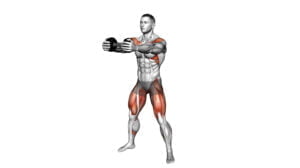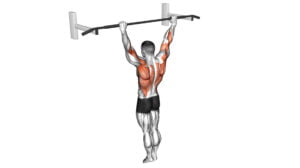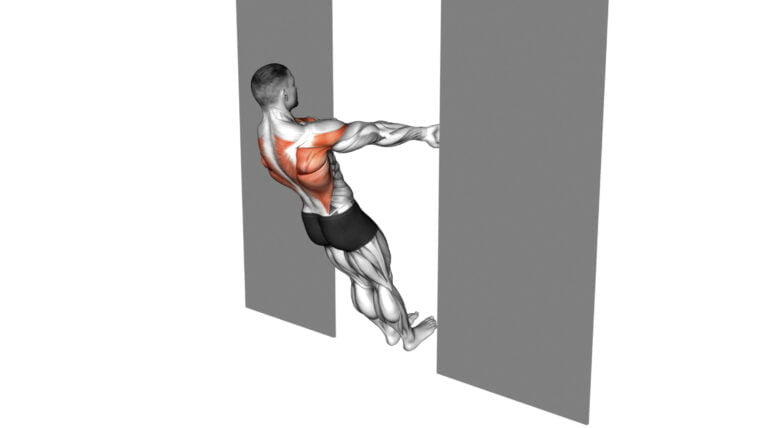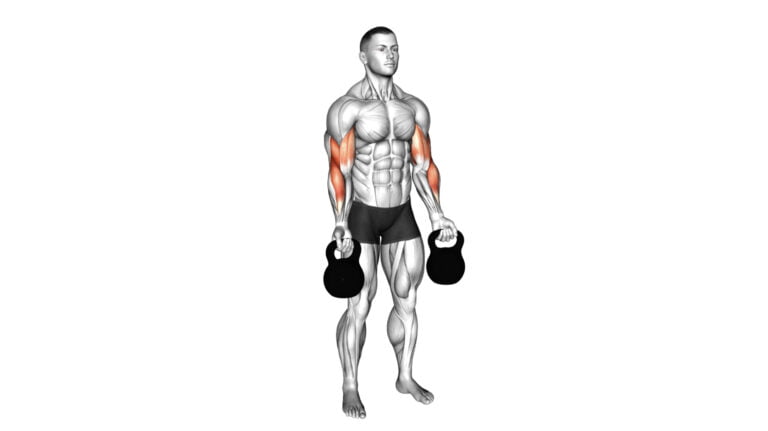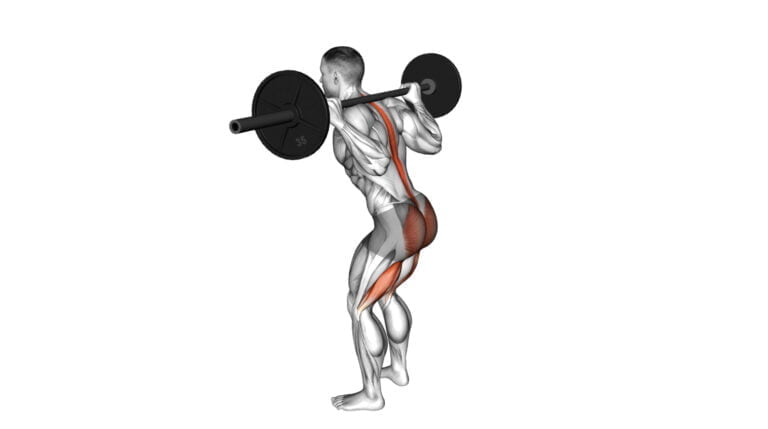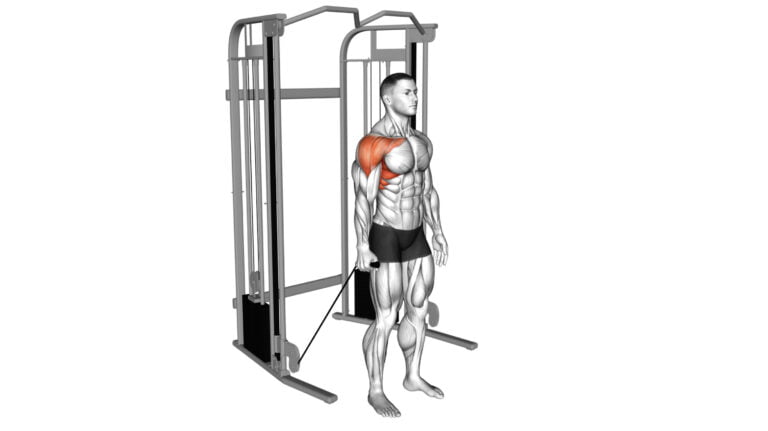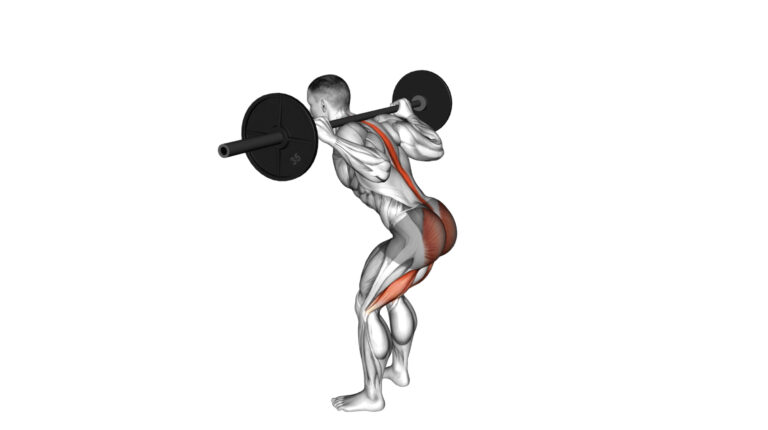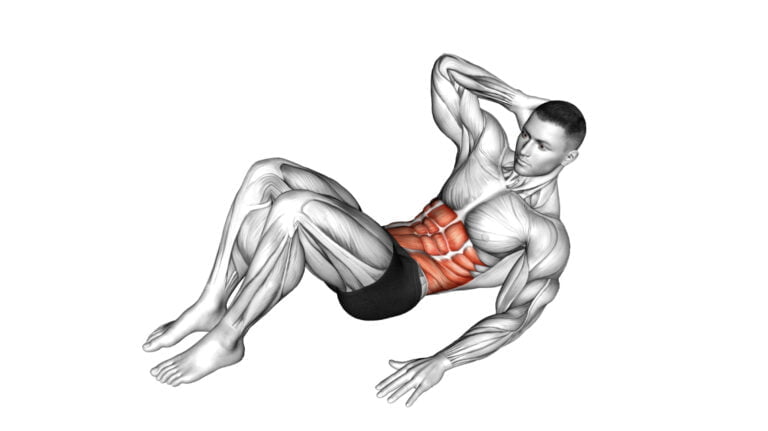10 Lower Body Compound Exercises For Stronger Legs: The Ultimate Guide
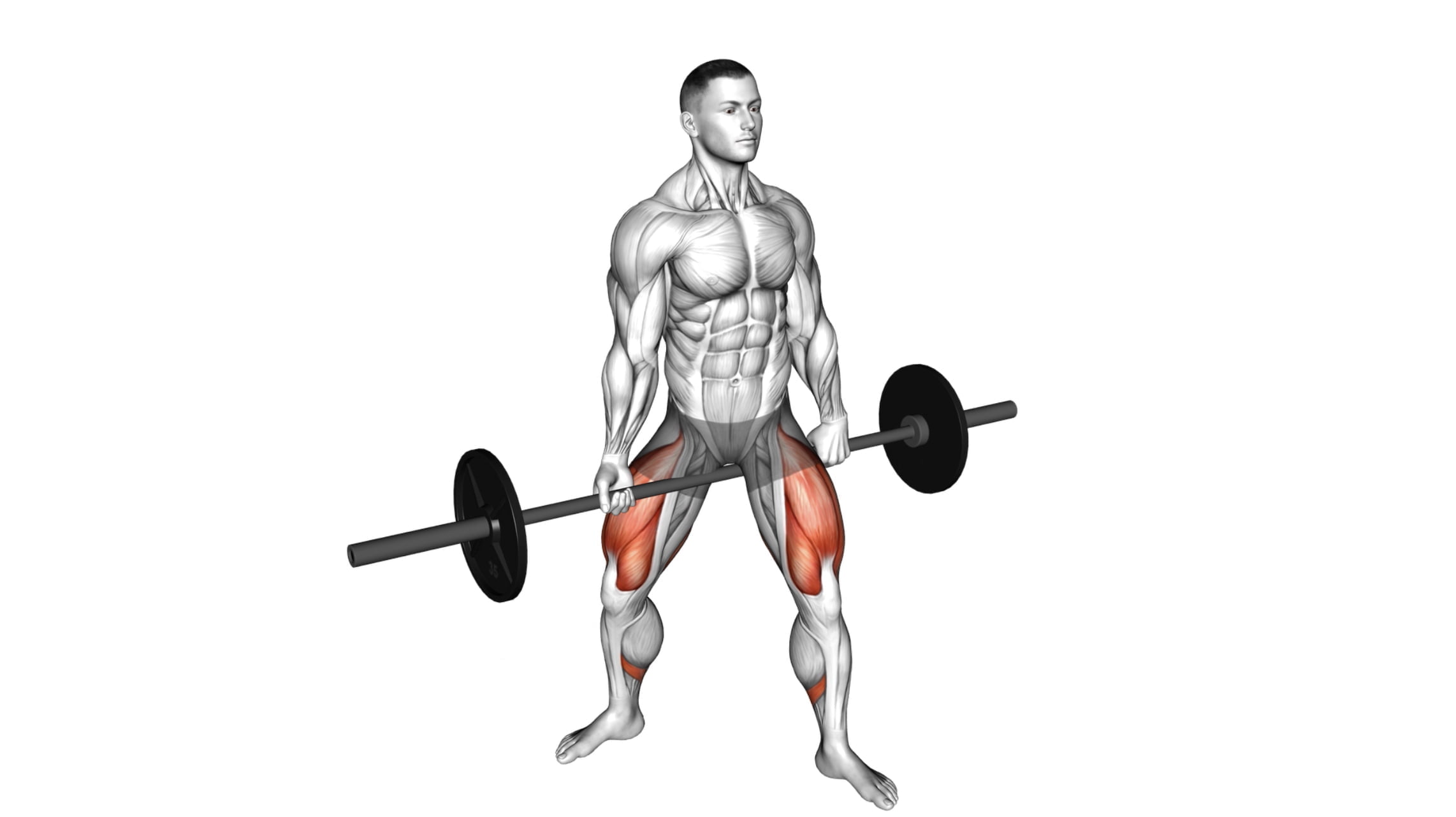
Strengthening your legs is not just about aesthetics; it’s a fundamental aspect of building overall body strength and improving athletic performance. While some gym-goers may focus on isolation exercises for targeted muscle growth, the true powerhouses in leg development are lower body compound exercises.
With over a decade of experience as a certified fitness trainer specializing in strength training, I’ve witnessed firsthand how these multi-joint movements can revolutionize workout results.
Lower body compound exercises engage multiple muscle groups simultaneously, leading to more efficient workouts and better functional strength gains. This guide is designed to navigate you through the top 10 powerhouse movements that’ll challenge your glutes, quads, hamstrings, and calves like never before.
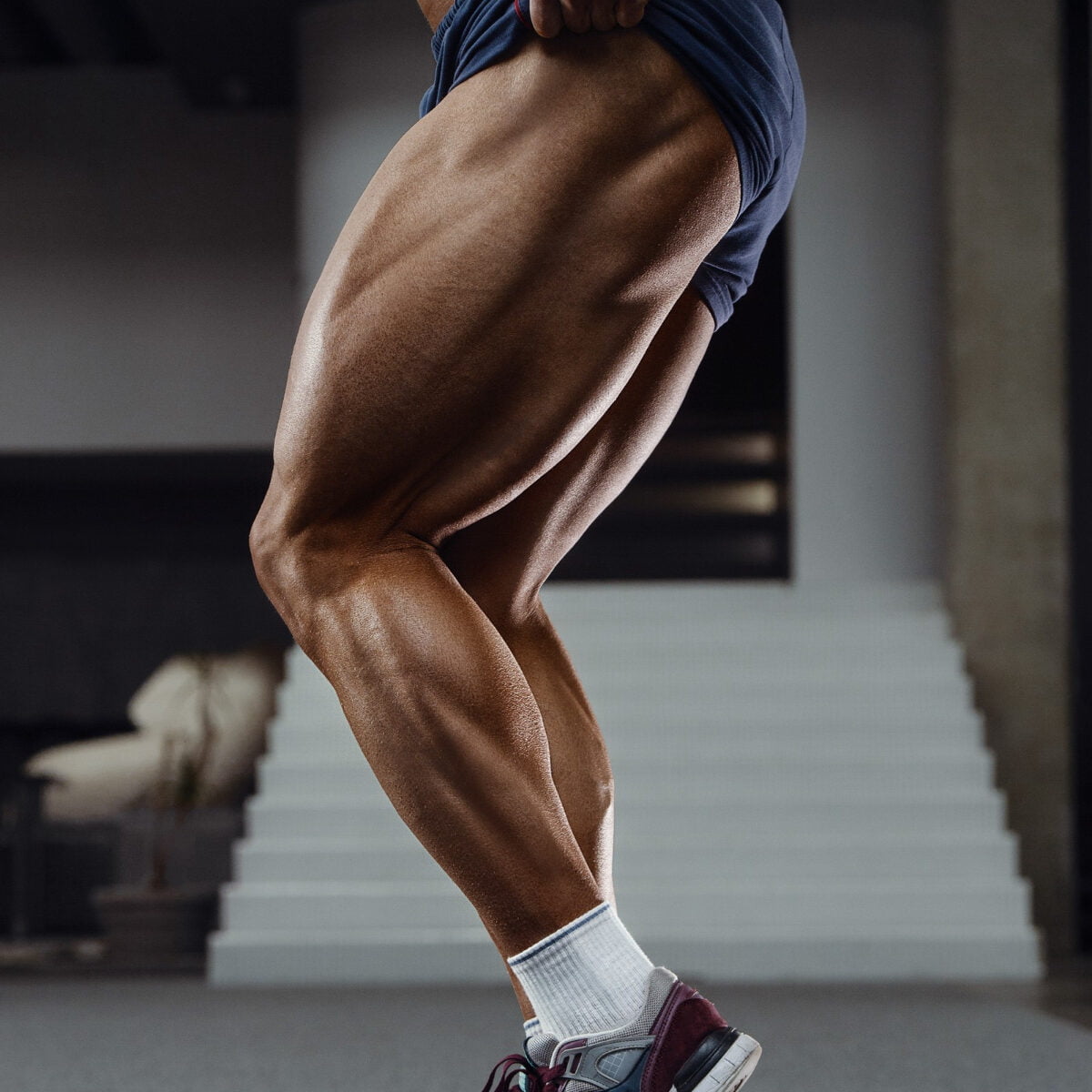
Discover how squats, deadlifts, and their variations can become cornerstones in your quest for stronger legs. Keep reading to transform your lower-body routine with expert insights into each exercise’s benefits—a journey where every rep counts!
Key Takeaways
- Incorporating lower body compound exercises, like squats and deadlifts, can lead to more efficient workouts as they target multiple muscle groups at once.
- These exercises are not only time – savers but also increase strength gains faster by challenging the body more than isolated movements.
- To achieve stronger legs, combining a variety of these 10 powerful exercises with proper form is key for muscle development and athletic performance.
- Selecting appropriate weights and following recommended sets and reps will help optimize workout results and prevent injury.
- Combining regular exercise with balanced nutrition and sufficient rest enhances muscle growth and overall fitness.
Understanding Compound Exercises for Stronger Legs
Compound exercises for stronger legs involve movements that target multiple muscle groups simultaneously, such as the quadriceps, hamstrings, glutes, and calves. In contrast to isolation exercises which focus on a single muscle group, compound exercises are more functional and can lead to greater strength gains and overall muscle development.
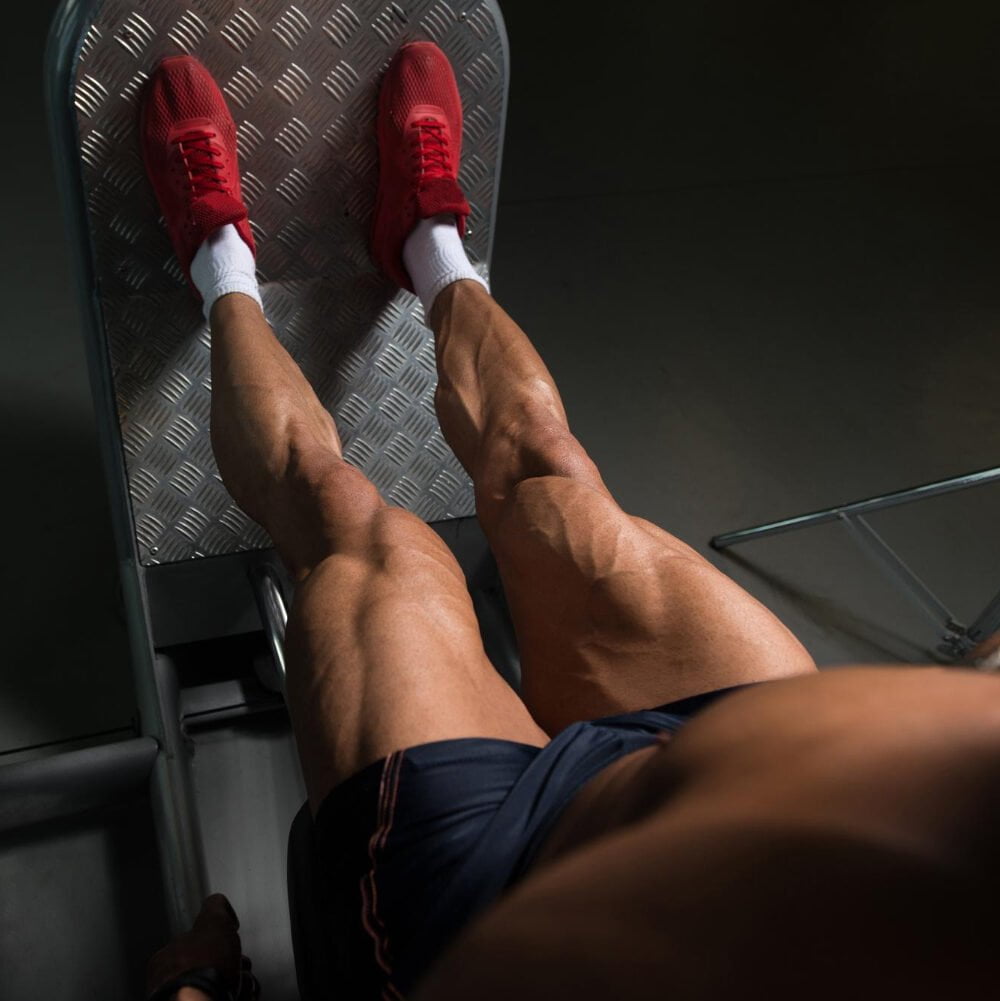
Compound vs. Isolation Exercises
Compound exercises are multi-joint movements that engage several muscle groups at the same time. These workouts, including classics like barbell squats and deadlifts, maximize efficiency in your training sessions by challenging numerous body parts simultaneously.
They’re key for building overall strength and muscular coordination. For instance, a goblet squat will work not just your quadriceps but also hit your glutes, calves, and core.
In contrast, isolation exercises focus on one specific muscle group at a time with single-joint movements. Leg extensions target the quads without significantly involving other muscles.
While they’re great for honing in on particular areas or rehabbing after an injury, you’ll need more of them to cover all muscle groups compared to compound movements. However, both exercise types have their place in a well-rounded fitness routine; they complement each other to improve muscular balance and prevent overuse injuries.
Benefits of Compound Exercises
Compound exercises engage multiple muscle groups and joints, making them a powerhouse in any strength training routine. They not only save time by working various parts of the body simultaneously but also ramp up your workout’s intensity.
- Boosts Efficiency: Tackle several muscles at once as you perform movements like squats and deadlifts. This means less time in the gym and more results.
- Increases Strength Gains: Elevate your overall strength faster. These exercises demand more from your body, pushing you to become stronger.
- Burns More Calories: As you engage more muscles, your body burns calories at a higher rate, aiding in fat loss and metabolism improvement.
- Improves Coordination: Functional movements in compound exercises require coordination and balance which enhance overall body control.
- Enhances Joint Health: Regularly performing movements like front squats encourages flexibility and range of motion in your knees and hips.
- Builds More Muscle Mass: Stimulate hormone release for muscle growth with challenging workouts that include back squats and bench presses.
- Betters Athletic Performance: Powerlifters to sprinters benefit from these exercises because they mimic real-world actions like lifting or jumping.
- Teaches Proper Movement Patterns: Master the basics of moving safely with weight-bearing exercises, thus reducing injury risk during daily activities.
- Develops Core Stability: Maintain balance during a Romanian deadlift or leverage squat to strengthen your core without needing isolated abdominal exercises.
- Supports Better Posture: Targeting muscles like the erector spinae through deadlifting promotes a stronger lower back, leading to improved posture.
Top 10 Lower Body Compound Exercises
Get ready to strengthen your lower body with these 10 powerful compound exercises. From barbell bench squats to cable pull throughs, these moves will target multiple muscle groups and help you achieve stronger legs.
1. Barbell Bench Squat
The Barbell Bench Squat challenges your lower legs, glutes, and thighs with a heavy free-weight exercise that demands full body engagement. Secure the barbell on your shoulders just below the neck, step away from the rack and position your feet shoulder-width apart.
Be mindful of maintaining a straight spine as you bend at both the hips and knees to lower into a deep squat position, ensuring your knee joint doesn’t track over toes.
Explode back up to standing using the power in your heels, activating those hard-working quadriceps and hamstring muscles for maximum impact. Think of this move as an all-in-one workout for building strength across multiple muscle groups including your core abdominis muscles which support stability throughout the lift.
Master this foundational compound move and watch as it enhances everything from walking lunges to snatches in your fitness journey—speaking of which, let’s delve into how you can tackle Dumbbell Single Leg Split Squats next.
2. Dumbbell Single Leg Split Squat
Transitioning from the power of the barbell to targeted stability, the Dumbbell Single Leg Split Squat is a challenge for your balance and strength. With one foot elevated behind you on a bench or step, lower yourself into a deep squat position using only one leg for support.
Engage your glutes and quads to push back up to standing position, maintaining control throughout the movement. This exercise not only targets your quadriceps but also engages stabilizing muscles in your core and hips, making it an excellent choice for improving unilateral leg strength.
3. Barbell Clean Deadlift
The Barbell Clean Deadlift is a powerful compound exercise that targets multiple muscle groups, including the glutes, hamstrings, lower back, and core. To perform this exercise, start with your feet shoulder-width apart and the barbell on the floor in front of you.
Bend at your hips and knees to grip the bar with an overhand grip. Keeping your back flat and chest up, drive through your heels as you lift the bar off the ground while extending your hips and knees.
As you stand up straight, focus on engaging your glutes and keeping the bar close to your body throughout the movement. Then slowly lower the bar back down by hinging at your hips and bending your knees until it returns to the starting position.
4. Dumbbell Hip Thrust
The dumbbell hip thrust is an effective lower body exercise that targets the glutes, hamstrings, and core muscles. To perform this exercise, sit on the floor with your upper back against a bench and place a dumbbell over your hips.
Then, drive through your heels to lift your hips upward until they are in line with your knees. Squeeze your glutes at the top of the movement before lowering down slowly to complete one repetition.
By incorporating dumbbell hip thrusts into your workout routine, you can strengthen and shape your glutes while also improving overall lower body strength and stability. This exercise is particularly beneficial for individuals looking to enhance their athletic performance or those seeking aesthetic improvements in their physique.
5. Cable Pull Through
Transitioning from the powerful hip thrust, the cable pull through is an effective exercise that targets the glutes and hamstrings. This compound movement also engages the core, adding stability and strength to your midsection.
Using a cable machine with a rope or handle attachment, you can perform this exercise by pulling the weight from behind your body through your legs in a controlled motion.
To execute a cable pull through, stand facing away from the machine with your feet shoulder-width apart and grasp the rope or handle between your legs. Hinge at your hips while maintaining a slight bend in your knees.
Push your hips back as you lean forward until you feel a stretch in your hamstrings then return to standing position by driving through your heels and contracting glutes at the top.
6. Barbell Jefferson Squat
The Barbell Jefferson Squat is an excellent exercise for targeting the quads, glutes, and adductors simultaneously. To perform this exercise, stand with your feet about double shoulder-width apart.
Hold a barbell in one hand and place it behind your back so that it rests across your shoulders diagonally. As you lower into a squat position, keep your chest up and core engaged to maintain stability.
The uneven load challenges your body’s balance and coordination while facilitating muscle growth in the lower body.
Executing Barbell Jefferson Squats will enhance overall leg strength and stability due to its unilateral nature. This exercise also engages stabilizing muscles that might not be activated during traditional squats or other bilateral exercises, promoting well-rounded lower-body development.
7. Dumbbell Hyperextension
To perform dumbbell hyperextensions, lie face down on a hyperextension bench with your feet secured and a dumbbell held across your chest. Keeping your back straight, gradually lift your torso until it is in line with your lower body.
Lower yourself back down under control to complete one repetition.
When executed correctly, this exercise targets the erector spinae muscles along the length of the spine, as well as engaging the glutes and hamstrings. The controlled movement aids in strengthening the lower back and enhancing overall stability while promoting better posture and reducing the risk of injury during other compound exercises.
8. Lever Horizontal Leg Press
The lever horizontal leg press is a powerful lower body exercise that primarily targets the quadriceps, hamstrings, and glutes. To perform this exercise, sit on the machine with your back flat against the pad and place your feet shoulder-width apart on the footplate.
Push through your heels to extend your legs and straighten them completely, then slowly bend your knees to return to the starting position. This exercise effectively strengthens the muscles in the thighs and hips while also engaging core stability for an overall lower body workout.
Engaging in the lever horizontal leg press can lead to significant improvements in lower body strength and muscle development. When done correctly, it can contribute to enhanced athletic performance and functional movements such as walking, running, or lifting objects from the ground.
9. Lever Vertical Squat
Performing the lever vertical squat requires you to adjust the machine so that your back is comfortably supported. Set your feet shoulder-width apart and grasp the handles for stability.
Lower yourself by bending at the knees and hips, ensuring that your knees do not extend beyond your toes. Push through your heels to return to a standing position, engaging your quadriceps, hamstrings, and glutes throughout the movement.
Engage your core muscles during the lever vertical squat to maintain proper posture and stability. Remember to breathe steadily as you perform each repetition, keeping control of both the lowering and raising phases of the exercise.
10. Dumbbell Bar Grip Sumo Squat
Transitioning from the Lever Vertical Squat to the Dumbbell Bar Grip Sumo Squat, this exercise targets your glutes, hamstrings, quadriceps, and inner thighs. Stand with your feet wider than shoulder-width apart and keep your toes pointed slightly outward.
Hold a dumbbell vertically by one end with both hands in front of you. Lower yourself down by bending your knees while keeping your back straight until your thighs are parallel to the ground.
Push through your heels to return to the starting position.
How to Incorporate these Exercises into your Workout Routine
When it comes to incorporating these lower body compound exercises into your workout routine, it’s important to focus on proper form and technique while gradually increasing the weight.
To learn more about creating an effective leg workout plan and maximizing the benefits of these exercises, keep reading!
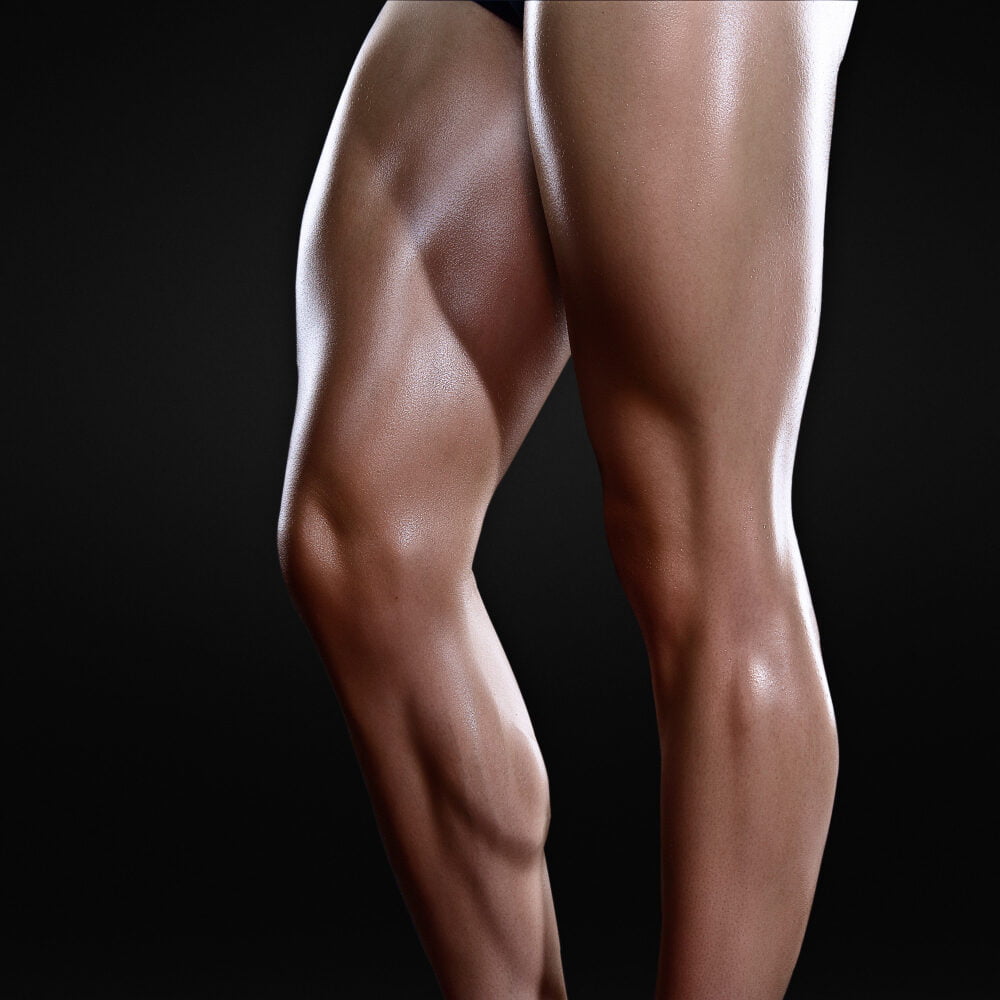
Sample Leg Workout Plans
Enhance your lower body strength and endurance with these sample leg workout plans. Incorporate these exercises into your routine for a well-rounded and effective training regimen.
- Barbell Bench Squat: Start with 3 sets of 8-10 reps, focusing on proper form and controlled movements to target the quadriceps, hamstrings, and glutes.
- Dumbbell Single Leg Split Squat: Perform 4 sets of 12 reps on each leg, engaging your stabilizing muscles while strengthening the lower body.
- Cable Pull Through: Execute 3 sets of 15 reps, emphasizing the glutes and hamstrings to improve hip extension and stability.
- Lever Horizontal Leg Press: Complete 4 sets of 10-12 reps to build muscle mass in the quadriceps, hamstrings, and glutes through controlled pushing movements.
- Dumbbell Hip Thrust: Incorporate 3 sets of 12-15 reps, activating the glutes and hamstrings for improved posterior chain strength and power.
- Barbell Clean Deadlift: Perform 4 sets of 6-8 reps with challenging weights to enhance overall strength and explosive power in the lower body.
- Dumbbell Hyperextension: Engage in 3 sets of 12-15 reps to strengthen the lower back, glutes, and hamstrings for better spinal stability and posture.
- Lever Vertical Squat: Aim for 3 sets of 10-12 reps as an effective way to target the quadriceps while maintaining proper alignment throughout each repetition.
- Dumbbell Bar Grip Sumo Squat: Execute 4 sets of 10-12 reps with a wider stance to engage the inner thighs, hips, and glutes for balanced lower body development.
- Barbell Jefferson Squat: Finish with 3 sets of this unique exercise to challenge your lower body in a different plane of motion while targeting multiple muscle groups simultaneously.
Tips for Proper Form and Technique
To perform lower body compound exercises effectively, it’s crucial to maintain proper form and technique. Here are some key tips to keep in mind:
- Maintain a Neutral Spine: Keep your back straight and avoid arching or rounding it during the entire movement. This helps prevent strain on the lower back.
- Engage Your Core: Tighten your abdominal muscles throughout the exercise to provide stability and support for your spine.
- Check Your Foot Placement: Ensure that your feet are positioned correctly, depending on the specific exercise, to maintain balance and proper alignment.
- Control the Movement: Avoid using momentum or jerking movements by controlling each phase of the exercise for maximum muscle engagement.
- Use Full Range of Motion: Aim to complete the entire range of motion for each repetition, allowing for better muscle activation and strength development.
- Focus on Breathing: Breathe out during the exertion phase (lifting or pushing) and breathe in during the relaxation phase (lowering or releasing).
- Proper Weight Distribution: Whether using barbells, dumbbells, or other equipment, ensure that weight is evenly distributed between both sides of your body.
- Mind-Muscle Connection: Concentrate on engaging the targeted muscles throughout the exercise to maximize their involvement and effectiveness.
- Warm-Up Adequately: Before starting any compound exercise routine, warm up with dynamic stretches and light cardio to prepare your muscles for activity.
- Seek Professional Guidance: If you’re new to compound exercises or have specific concerns about form and technique, consider consulting a fitness professional or certified trainer for personalized guidance.
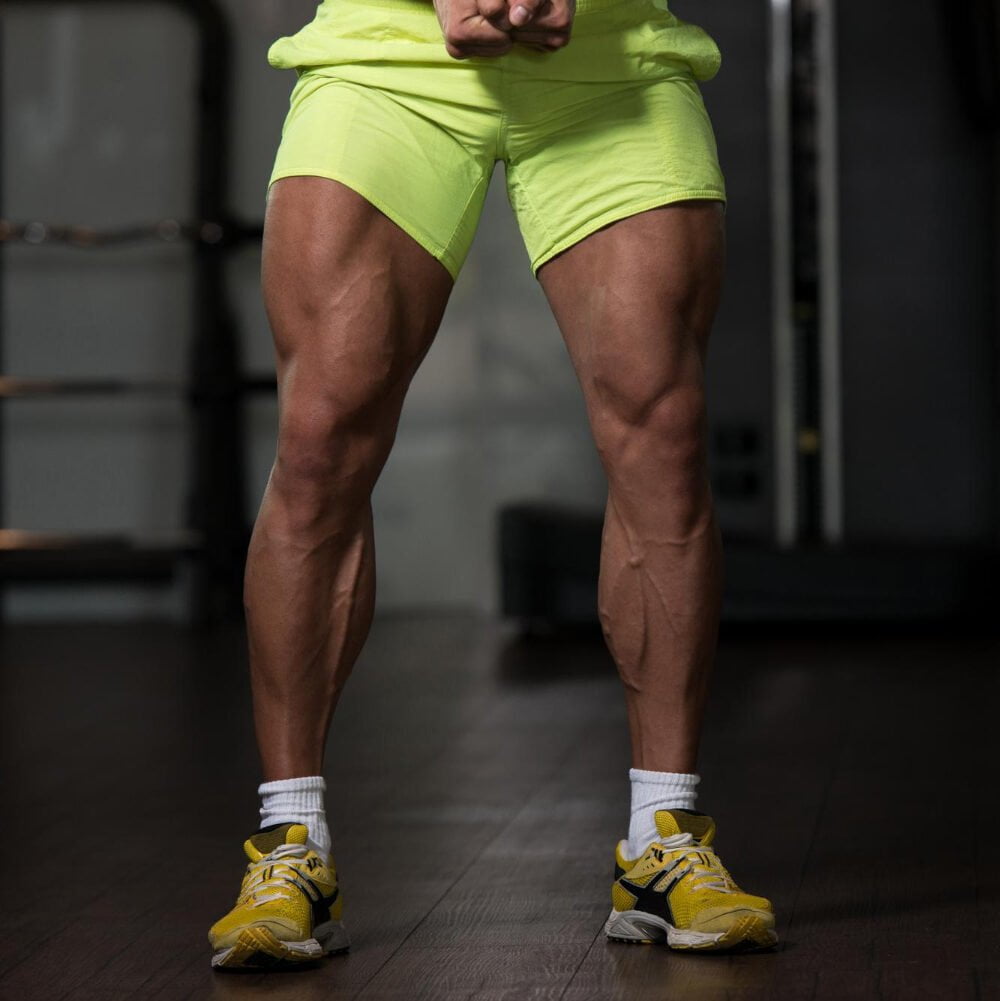
Choosing the right weight
To choose the right weight for your compound leg exercises, consider the following tips:
- Start with a weight that allows you to complete the exercise with proper form and technique.
- Aim for a weight that challenges you without sacrificing your form.
- Gradually increase the weight as you get stronger, maintaining proper form at all times.
- Experiment with different weights to find the optimal resistance for each exercise.
- Consult a fitness professional if you need guidance in determining the appropriate weight for your strength level.
- Pay attention to how your body responds to different weights during each workout session.
- Consider using lighter weights initially to master the movement pattern before progressing to heavier loads.
Recommended Sets And Reps
To maximize the effectiveness of these compound exercises, it is important to perform the right number of sets and reps. Here are the recommended sets and reps for each exercise:
Barbell Bench Squat:
- Sets: 3
- Reps: 8-10
Dumbbell Single Leg Split Squat:
- Sets: 3
- Reps: 10-12 per leg
Barbell Clean Deadlift:
- Sets: 4
- Reps: 6-8
Dumbbell Hip Thrust:
- Sets: 3
- Reps: 12-15
Cable Pull Through:
- Sets: 3
- Reps: 10-12
Barbell Jefferson Squat:
- Sets: 4
- Reps: 6-8
Dumbbell Hyperextension:
- Sets: 3
- Reps: 12
Lever Horizontal Leg Press:
- Sets: 3
- Reps: 10-12
Lever Vertical Squat:
- Sets: 3
- Reps: 10-12
Dumbbell Bar Grip Sumo Squat:
- Sets: 3
- Reps: 10-12
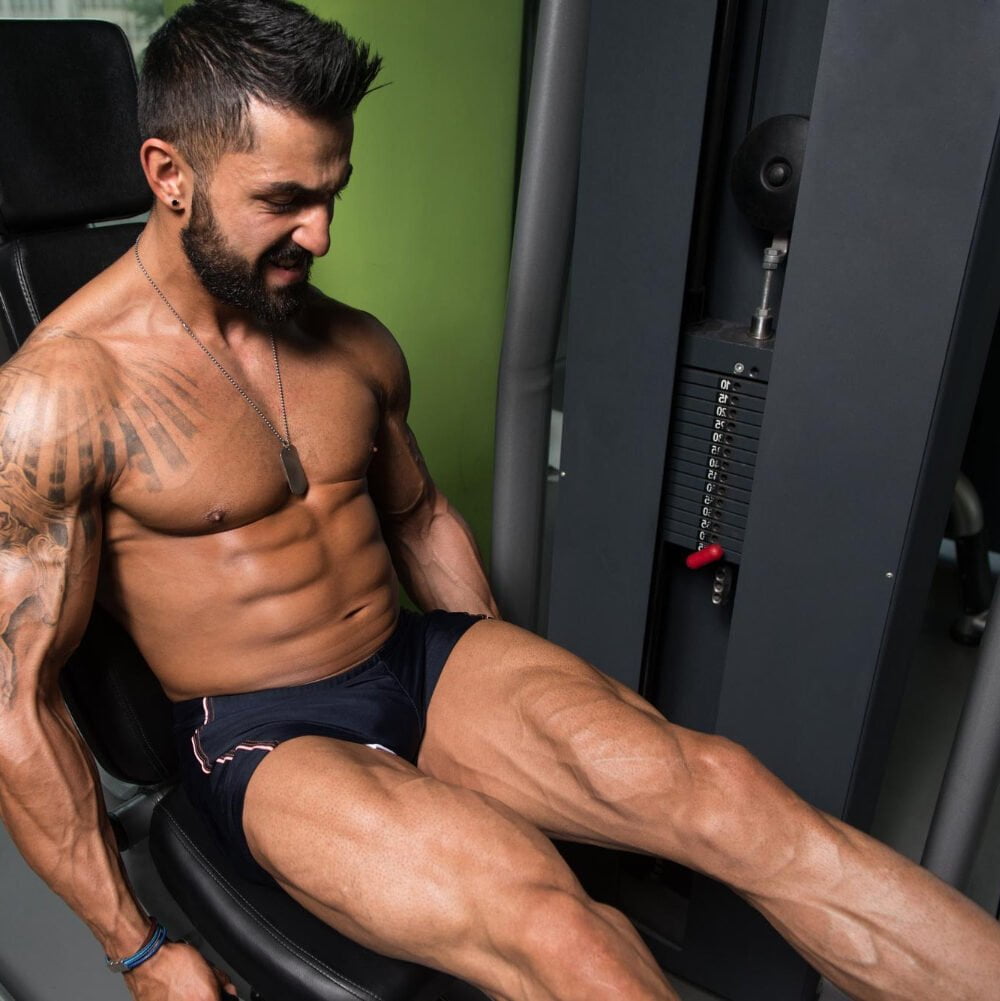
The Importance of Proper Nutrition and Rest for Stronger Legs
Fueling your workouts with the right nutrition and allowing your body to rest and recover are crucial for building stronger legs. Proper nutrition provides the energy and nutrients needed for muscle growth, while adequate rest allows your muscles to repair and strengthen after intense workouts.
Fueling your Workouts with the Right Nutrition
Proper nutrition is essential for fueling your workouts and maximizing the benefits of lower body compound exercises. A balanced diet rich in lean proteins, complex carbohydrates, and healthy fats provides the energy needed to power through intense training sessions.
Incorporating nutrient-dense foods such as lean meats, whole grains, fruits, and vegetables supports muscle growth and repair while replenishing glycogen stores for sustained performance.
Ensuring adequate hydration is equally crucial for optimizing exercise performance and recovery. Hydrating before, during, and after workouts helps maintain electrolyte balance and prevent dehydration, enabling you to push through challenging leg exercises with greater endurance.
Rest and Recovery for Optimal Results
Rest and recovery are crucial for achieving optimal results when training your lower body. The muscles you’ve worked need time to repair and grow stronger, making rest an essential part of the process.
Adequate sleep is necessary for muscle recovery, as it allows your body to repair and rebuild tissue that has been broken down during exercise. It’s also important to incorporate rest days into your workout routine, giving your lower body the time it needs to recover from intense workouts.
Additionally, nutrition plays a key role in post-exercise recovery. Consuming protein-rich foods after workouts can aid in muscle repair and growth while replenishing glycogen stores with carbohydrates.
Hydrating properly is also crucial in supporting muscle recovery processes. By prioritizing proper rest, nutrition, and hydration, you can maximize the effectiveness of your lower body compound exercises.
Conclusion
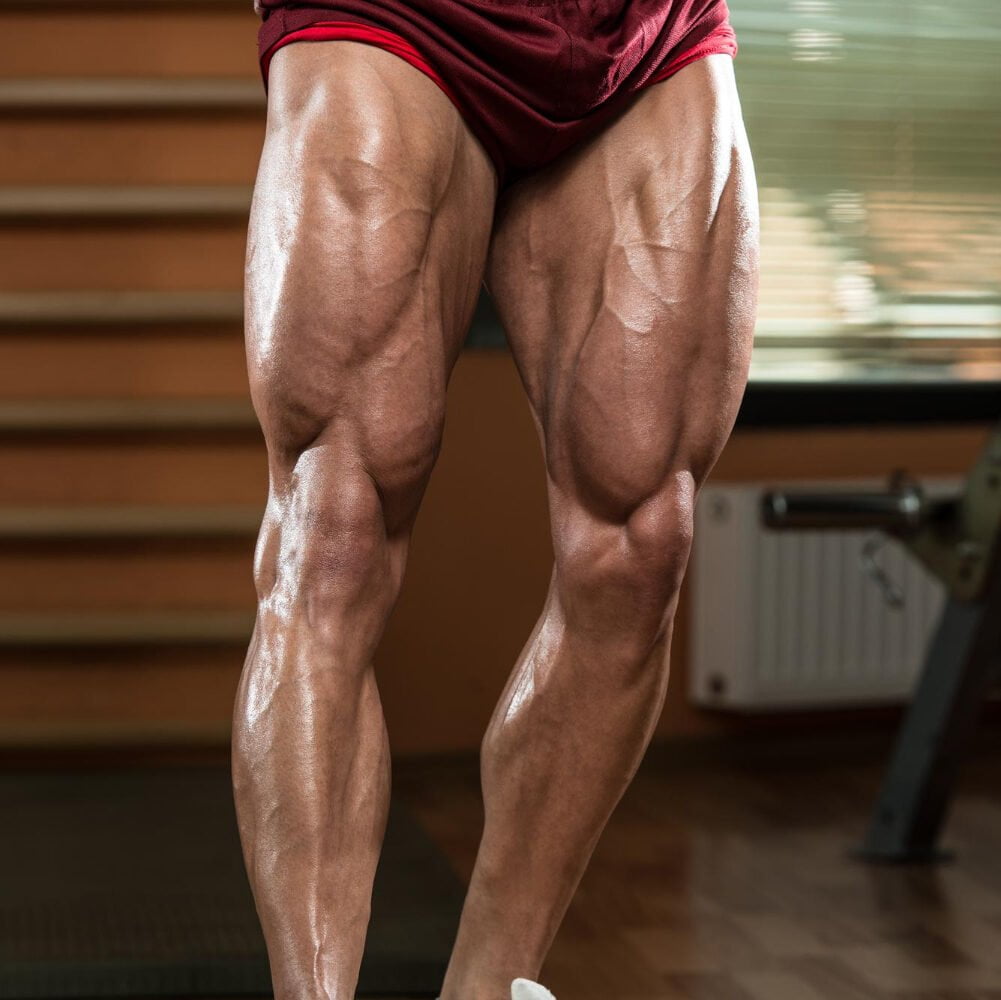
In conclusion, these ten lower body compound exercises offer a practical and efficient way to strengthen your legs. By incorporating these strategies into your workout routine, you can expect significant improvements in leg strength and overall fitness.
Remember that proper nutrition and rest play a crucial role in maximizing the impact of these exercises. For further guidance, consider consulting with a personal trainer or exploring additional resources on lower body training.
It’s time to take action and reap the benefits of stronger legs for improved performance and well-being.
FAQs
1. What are compound exercises for the lower body?
Compound exercises for the lower body target multiple muscle groups at once and include movements like squats, deadlifts, and lunges, helping to strengthen your legs and core.
2. Why should I incorporate Bulgarian split squats into my routine?
Integrating Bulgarian split squats into your routine challenges your balance while working your gluteal muscles, quadriceps, and hamstrings for a comprehensive leg workout.
3. Can Romanian deadlifts improve my overall leg strength?
Yes! Performing Romanian deadlifts targets key muscles such as the hamstrings, gluteal muscles, and lower back, essential for enhancing total leg strength and functional powerlifting.
4. How do calf raises benefit my lower legs?
Calf raises hone in on strengthening the gastrocnemius and soleus muscles in your calves which support ankle stability and plantar flexion useful in walking or running activities.
5. Should box squats be part of a leg-strengthening program?
Absolutely! Box squats focus on knee flexion safety by aiding proper squat form which helps build powerful quads while keeping strain off of joints during weightlifting exercises.
6. Do overhead squats work more than just my legs?
Overhead squats not only strengthen legs through intense squatting exercises but also engage core training as you stabilize weights above head level to maximize abdomen involvement as well.

Author
Years ago, the spark of my life’s passion ignited in my mind the moment I stepped into the local gym for the first time. The inaugural bead of perspiration, the initial endeavor, the very first surge of endorphins, and a sense of pride that washed over me post-workout marked the beginning of my deep-seated interest in strength sports, fitness, and sports nutrition. This very curiosity blossomed rapidly into a profound fascination, propelling me to earn a Master’s degree in Physical Education from the Academy of Physical Education in Krakow, followed by a Sports Manager diploma from the Jagiellonian University. My journey of growth led me to gain more specialized qualifications, such as being a certified personal trainer with a focus on sports dietetics, a lifeguard, and an instructor for wellness and corrective gymnastics. Theoretical knowledge paired seamlessly with practical experience, reinforcing my belief that the transformation of individuals under my guidance was also a reflection of my personal growth. This belief holds true even today. Each day, I strive to push the boundaries and explore new realms. These realms gently elevate me to greater heights. The unique combination of passion for my field and the continuous quest for growth fuels my drive to break new ground.






